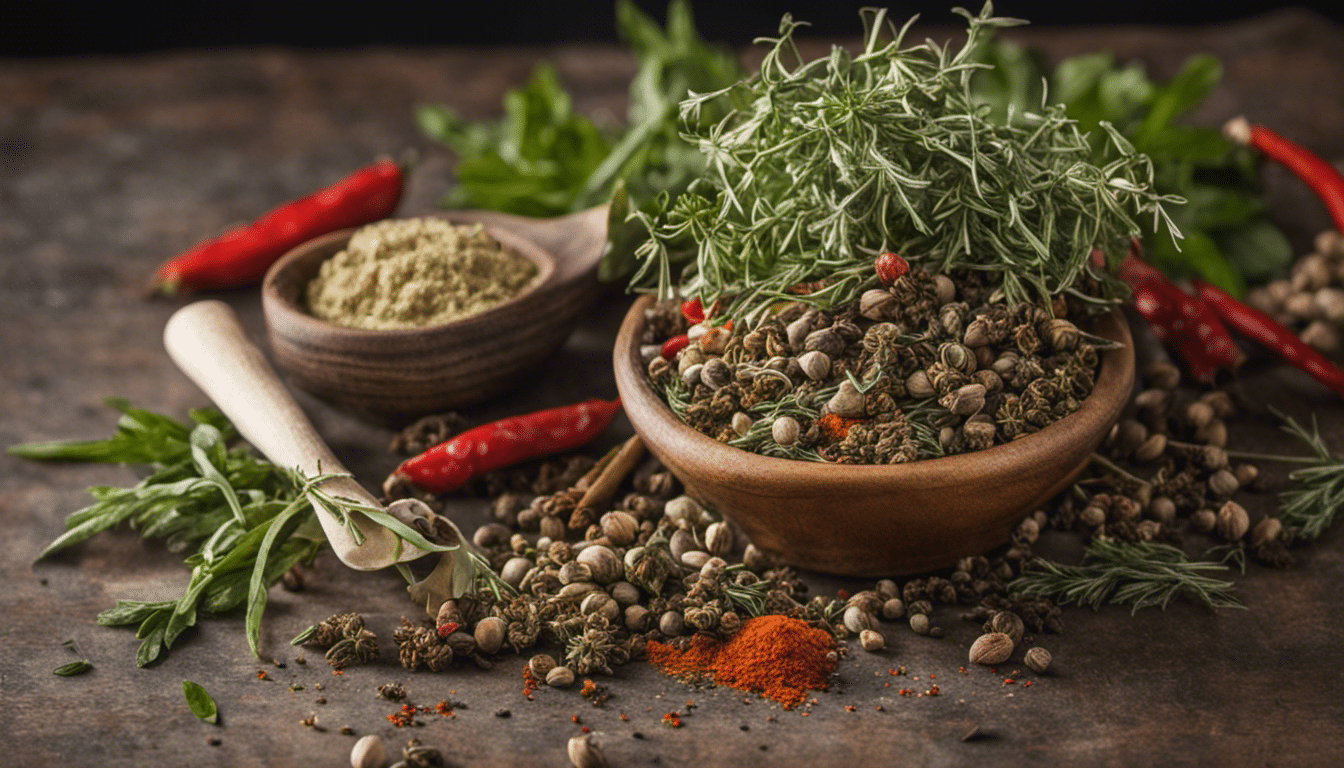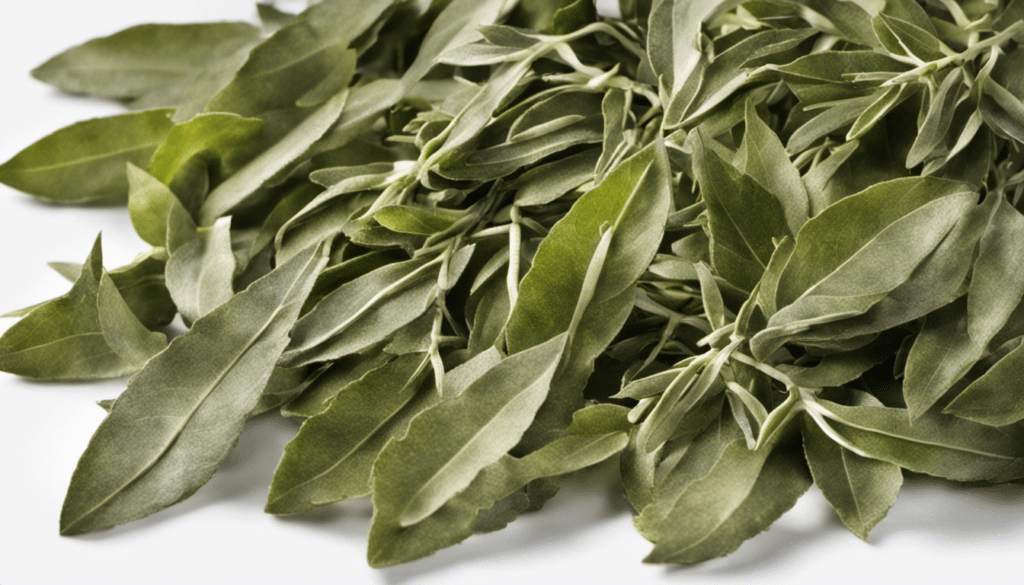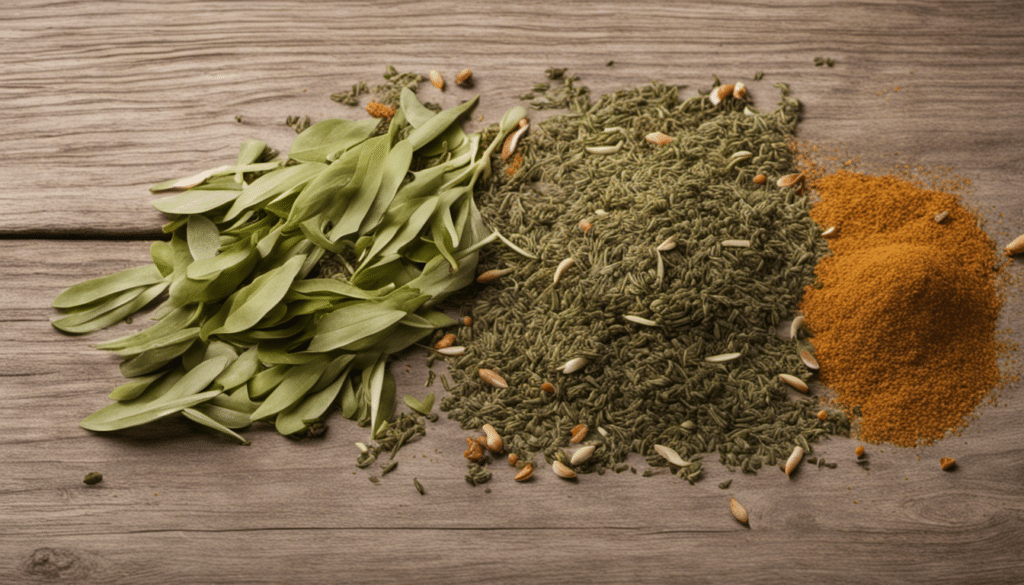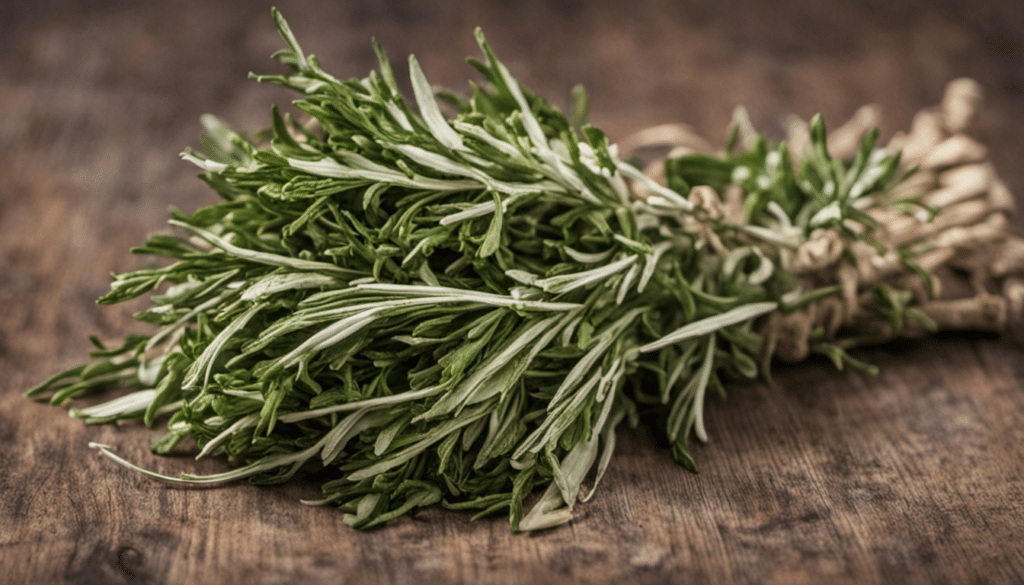Everything You Need to Know About Angelica
If you’re a culinary enthusiast and love to explore unique herbs and spices, you’re likely no stranger to the herbal world’s hidden gems. One such gem, often under-mentioned, is the Angelica plant. Cultivated for its distinct flavor and remarkable health benefits, Angelica has made its way into a variety of dishes, health tonics, and even cocktails around the world.
The Origins of Angelica
Angelica, also known as Wild Celery, is a tall, flowering plant thats origins trace back to Europe and Asia. It gets its name because it typically blooms around May 8, the feast day of St. Michael the Archangel. The herb is actually a part of the Apiaceae or Umbelliferae family, home to many other well-known spices including dill, caraway, and fennel.
Throughout the centuries, different variations of Angelica have been discovered and cultivated in various parts of the world, like Angelica archangelica (Garden Angelica) or Angelica sinensis (Chinese Angelica/Dong Quai), each carrying its own unique properties and benefits.
Health Benefits of Angelica
It’s more than just a tasty addition to your meals. Angelica is packed with nutrients and has been used for medicinal purposes for centuries. In traditional Chinese medicine, Angelica sinensis or Dong Quai is often used to support women’s health.
Research suggests that Angelica contains compounds that could help boost your immune system and protect against common diseases. Animal studies have shown it might even reduce the impact of certain cancers.
Furthermore, Angelica is known to aid digestion and soothe stomach discomfort with its anti-inflammatory and antioxidant-rich traits. Remember, like with any herbal supplement, consultation with a healthcare professional is a must before adding this herb to your routine.
How to Use Angelica
Angelica’s use is not limited to culinary or medicinal purposes; it also has applications within the world of mixology. Some liqueurs, such as chartreuse and absinthe, employ Angelica root for its unique flavor profile.
In the kitchen, you can use Angelica leaves and seeds to add a flavorful note to soups, fish dishes, and savories. Its stalks can be candy-coated as a delicious treat or used to decorate desserts.
Exploring Angelica’s plethora of benefits, it’s evident that this herb has earned its halo. Hailed from ancient times, Angelica is more than just a ‘wild celery.’ It’s a potent health ally and an adventurous choice for cooks and cocktail creators alike.
Angelica Recipe Ideas
- Angelica Jam
- Angelica and Lemon Biscuits
- Strawberry and Angelica Homemade Ice Cream
- Angelica & Rhubarb Tart
- Green Salad with Angelica Herb Dressing
- Angelica Infused Gin
- Roast Duck with Angelica Reduction
- Angelica and Citrus Glazed Carrots
- Spiced Pear and Angelica Compote
- Smoked Salmon with Angelica and Creme Fraiche




